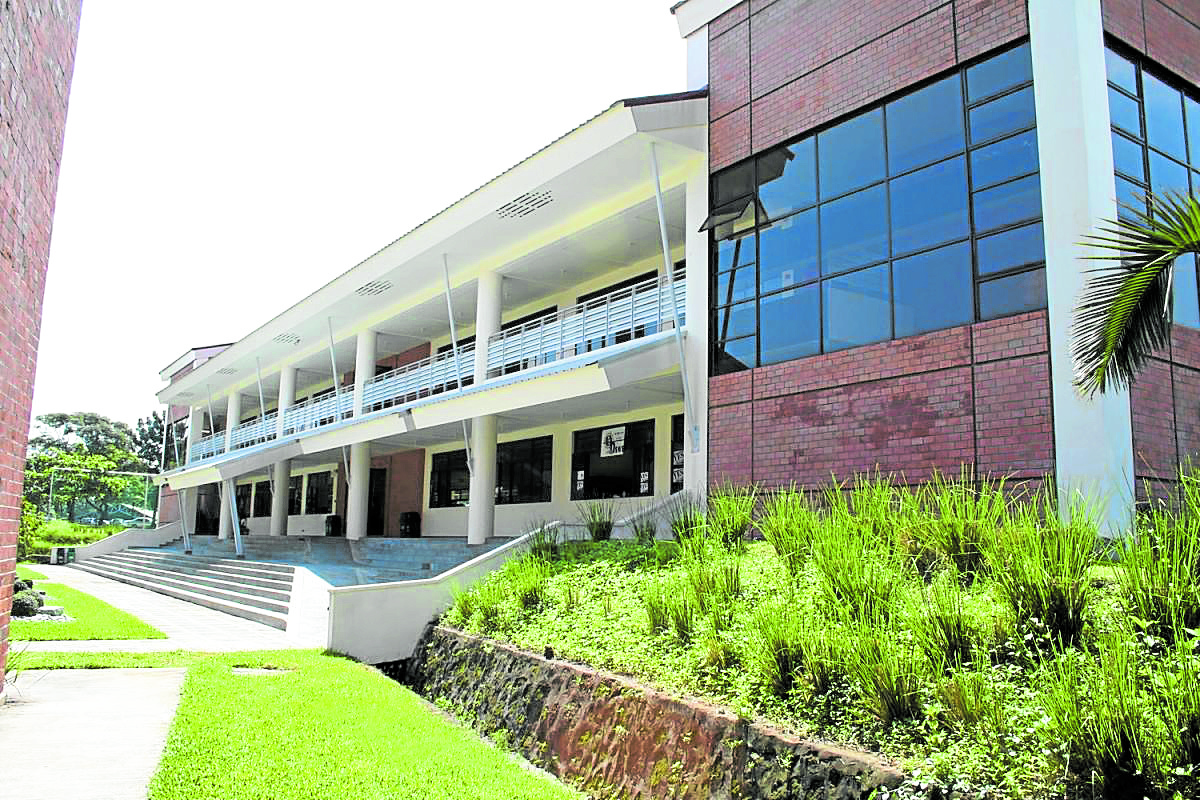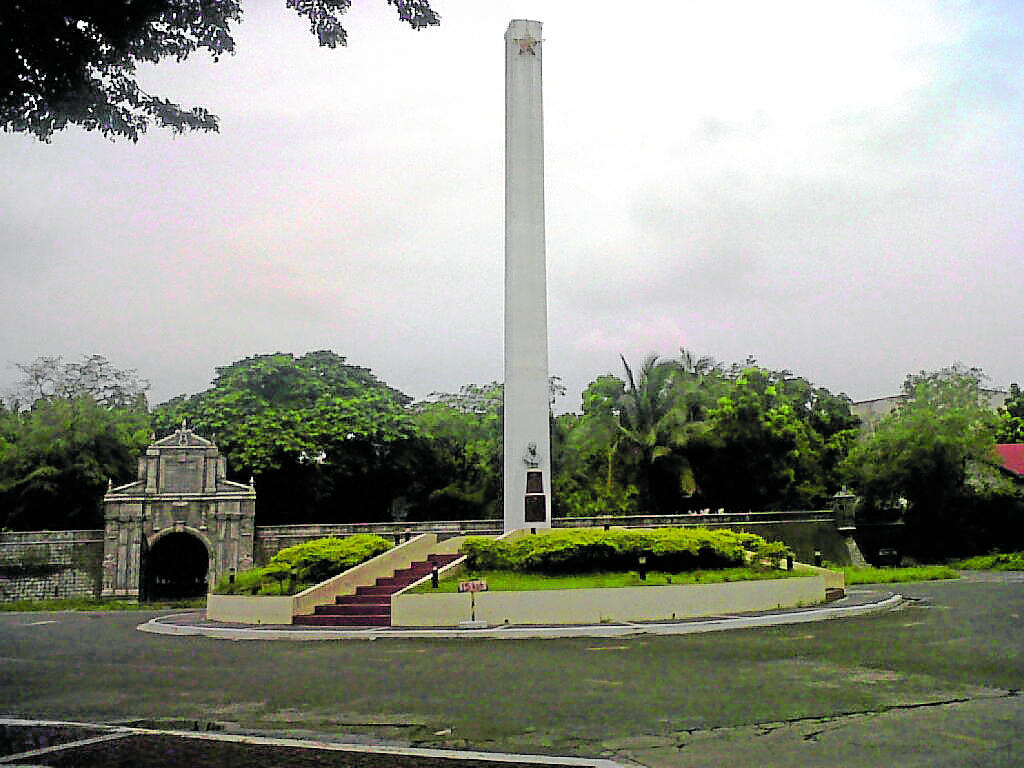Normally, students all over the country would already be psyching up themselves for their first day of school around this time of the year.
But, as it turns out, the irregular end of the past academic year—when schools had to abruptly end physical classes, students had to pass final requirements over the Web, and commencement exercises migrated to social media—was a prelude to a drastic change in schooling worldwide.
Learning will commence in the new normal, but the classroom will not be the same. In institutions where face-to-face learning will continue, students will report in smaller groups to ensure social distancing. Some schools will migrate their courses entirely to the Web, relying completely on self-guided modules and virtual meetings.
The pioneer graduates of the K-12 program, excited for the autonomy lent by college, may not need to leave home. Those who longed to go back to college and stay out of the home may be glued to their living room for classes.
The changes will revolutionize academic life: no more carrying thick books around, standing up in class for failing to answer the professor’s question, pulling all-nighters at a groupmate’s home. With students not required to come to class as often, if at all, the known tambayan for between-class breaks, last-minute reviews and feel-good conversations will not be the same when the school year commences. Waxing sentimental, we list down some on-campus locations that had regularly congregated students before the pandemic.
Behind the great wall
When you visit the Polytechnic University of the Philippines in Santa Mesa, Manila, a mini Intramuros will catch your eye. Some people call it “The Great Wall,” but it really is more a welcoming city within a city than a protective barrier against invasion. PUPians would take their visitors inside for a glimpse of the authentic life in sintang paaralan. The main draw is perhaps the gastronomy. PUP is known for good, affordable treats: unli-lugaw, the Submarine and the FEWA (footlong egg wrapped around), among others. Blended learning and minimum health guidelines may dampen the vivacity of this fave school spot.

The Matteo Ricci Study Hall is a facility of the Ateneo De Manila University’s Rizal Library.—ATENEO.EDU
Hard-core study
Another student hangout that might change is Matteo Ricci Study Hall, a facility of the Ateneo De Manila University’s Rizal Library. The hall is conducive for studying. Students can review alone in a study desk on the first floor, while some like to station themselves along the corridor. Those who want to study in groups may ascend to the second floor, or “Matteo Up,” a space for collaboration. Given COVID-19, however, some students will understandably opt not to visit public spaces or go to the school at all. They might have second thoughts about using shared facilities or meeting at the hall’s café as well. The usual group studies or play rehearsals at the steps might be risky, too.
Green citadel
One best appreciates the De La Salle University’s Henry Sy Sr. Hall from a train coach passing by. You first set your sights on the green building erected to mark 100 years of the university—frankly a much-needed breather from the view of roads and walls. After you examine the detailing, you look with envy at the students who plop down beside the tower’s pillars or bum on the open grounds.
The unique and modern addition to the campus started the school’s transformation into a greener university. Remember when a gym hid the neoclassical St. La Salle Hall? The storied structure now appears in its full glory. It sucks that the current conditions will not allow as many Archers to enjoy the open spaces. (We also worry about “happy Thursdays,” by the way.)
The Far Eastern University main campus is an oasis in the middle of a bustling University Belt. — FEU.EDU.PH
Inside the oasis
The Far Eastern University main campus is an oasis in the University Belt for several reasons. For design pundits, it is so because of the well-preserved Art Deco and International Style buildings, and the campus’ extensive collection of works from renowned Filipino artists like Vicente Manansala, Antonio Dumlao, Botong Francisco and Napoleon Abueva. It has only the Quadrangle for its open space but, on the upside, it treats you to a 360-degree view of the spectacular complex. In normal times, sticking around would not hurt because areas like the Freedom Park allow students to stay comfortable reviewing their lessons, accomplishing tasks or having fun with their cliques. Hopefully, soon, we can find a cure to COVID-19 so that Tams can once again take time to marvel at this oasis.
The Quadricentennial Square stands between the Main Building and Miguel de Benavides. Library.—360CITIES.NET
Ode to the centuries
The oldest Catholic university in Asia, which molded heroes and leaders, is known not only for its architectural gems but also for its generous open and green spaces. To breathe new energy into the campus in time for its quadricentennial in 2011, the University of Santo Tomas built the Quadricentennial Square between the Main Building and Miguel de Benavides Library. It features the Quadricentennial Fountain and alumnus Ramon Orlina’s Quattromondial. With benches, greenery and heritage all in one spot, students easily became comfortable with the place. You would find them practicing dance routines, having group studies, constructing props—beautiful experiences that have sadly turned into red flags because of the pandemic.
Join the Diliman Republic
The University of the Philippines in Quezon City is accessible to the public. The campus is technically open round-the-clock. Scores of diners are open until late at night. Any time, you can bike or jog around the Oval or chill at the Sunken Garden. Despite this openness, the Diliman campus still provides unique experiences for the isko and iska.
For many, these memories begin at the Palma Hall (more intimately called “A.S.”), referred to as the heart of UP Diliman. It was built in 1951, one of the first to rise on the new UP site after it got transferred from Manila in 1939. The building was recently in the news for opening as a COVID-19 quarantine facility and then closing when staff members got infected.
On normal days, freshmen take their general education courses here. It has been a common host for special events and the usual venue of the Oblation Run. Oh, what experiences will be missed on opening day because of the pandemic. But better grades await those who adjust to the limitations of the new normal better.


